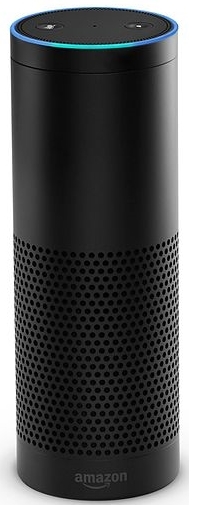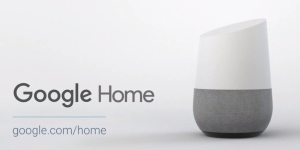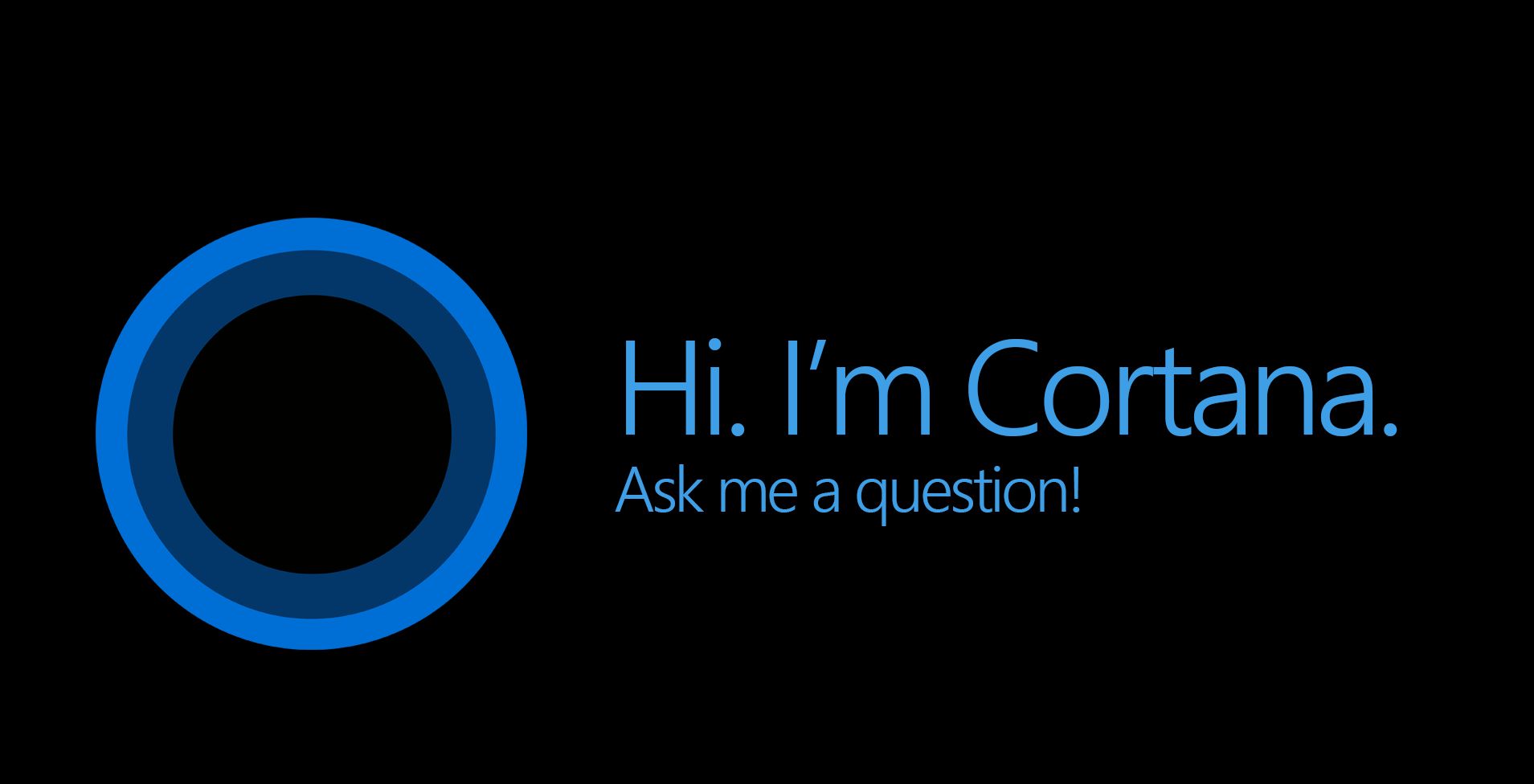 “OK Google”, “Sir”, “Alexa”, “Cortana” and “Bixby” are all commands that wake your device up and prime them to expect a voice command.
“OK Google”, “Sir”, “Alexa”, “Cortana” and “Bixby” are all commands that wake your device up and prime them to expect a voice command.
The reality is that your Android Phone, Google Home, Windows 10/X-Box, Apple iDevice, Samsung Galaxy and Amazon Echo are always listening, it”s just the command that alerts them that an instruction is incoming.
And because phone keyboards are harder to use than those of their desktop/laptop cousins more and more people turning to voice control and voice search purely for ease and convenience.
As a consequence, it”s vitally important that you understand what you need to do to make sure that your site is easy to find – even when the search is through voice recognition.
Voice Search and Artificial Intelligence
 Google, in particular, is using artificial intelligence to better understand our spoken instructions and to encourage more conversational searches, such as “Where can I get my Jeep serviced” rather than a more traditional desktop search “Jeep servicing Bristol”.
Google, in particular, is using artificial intelligence to better understand our spoken instructions and to encourage more conversational searches, such as “Where can I get my Jeep serviced” rather than a more traditional desktop search “Jeep servicing Bristol”.
According to Google, 20% of searches on Android devices are now voice searches and the number of searches continues to increase as users realise that voice recognition accuracy is improving all the time. According to KPCB Internet trends 2016 Report, the accuracy of voice recognition now exceeds 92%
Searching for local businesses
A lot of people use voice to search for local businesses, “where’s the best Pizza restaurant in Bristol” for example so, if you sell pizza in Bristol you need to ensure that your pages are optimised for “Best pizza restaurant in Bristol” and written in “natural language” (written in a similar way to the way you’d speak) which really helps with voice search results.
Optimising for Voice Search
 With traditional SEO, you’d have researched the words that people were typing when looking for your products or services and built your site optimisation around those. Now you have to get your head around the types of question that they might ask, just as if they were asking their friends, family or colleagues, as demonstrated in the above example about Pizza restaurants.
With traditional SEO, you’d have researched the words that people were typing when looking for your products or services and built your site optimisation around those. Now you have to get your head around the types of question that they might ask, just as if they were asking their friends, family or colleagues, as demonstrated in the above example about Pizza restaurants.
One way to start addressing this issue is to consider a dedicated Q&A page where you can pose these questions and add your answers – remembering to keep them more conversational than you’d perhaps feature elsewhere.
The pages that you have optimised for voice in this way need to feature in your Site-Map so that Google and Bing can easily find, and index, them. You do have a sitemap (sitemap.xml) don’t you?
You should even look to include microdata, schema, rich snippets and so on because these little pieces of code give the search engines even more information about your business.
 You’ll also need to ensure that your listings on Google My Business and Bing Places for Business is up-to date and accurate because that’s where Google and Cortana will look for the location-specific search results. You should also check out the other business directories that have your business listed, Yell, Thomson, Yelp etc and make sure that your address details are correct. This simply ensures that there’s no ambiguity about the right address for your business.
You’ll also need to ensure that your listings on Google My Business and Bing Places for Business is up-to date and accurate because that’s where Google and Cortana will look for the location-specific search results. You should also check out the other business directories that have your business listed, Yell, Thomson, Yelp etc and make sure that your address details are correct. This simply ensures that there’s no ambiguity about the right address for your business.
Responsive Website Design
Don’t forget that because most voice searches are conducted on a mobile device, you MUST have a mobile-friendly site because if your site isn’t mobile-friendly (Responsive) then Google won’t direct people to you. You can use this free Google tool to check the mobile friendliness of your website and if you need further help with your site, SEO for voice search, making your site mobile friendly or anything else related to your website then you should give me a call on 01793 238020 or drop me an email – andy@enterprise-oms.co.uk
And Finally
A bit of fun. If you use Google voice search and make an animal related enquiry, try adding “fun facts” to the end of your search to learn something about the animal you have been searching on.
